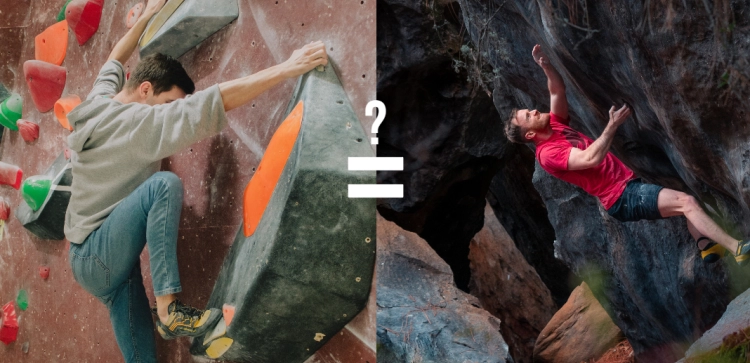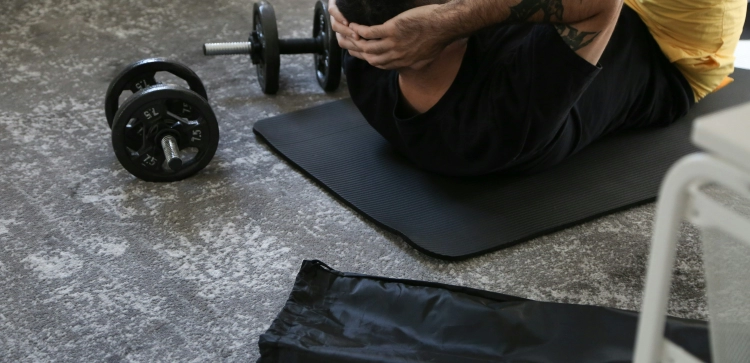How Do You Progress From Indoor To Outdoor Climbing?

Climbing is a multifaceted sport that allows you to scale heights both indoors and outdoors. While indoor climbing gyms provide a controlled and comfortable environment to hone your skills, the allure of outdoor climbing on real rock faces is undeniable. Transitioning from the gym to the great outdoors is an exciting step in a climber's journey. Let's explore how to make this progression, embrace the challenges, and experience the thrill of outdoor climbing.
Understanding the Journey
Climbing indoors is an excellent starting point for beginners and seasoned climbers alike. It provides a controlled environment to learn essential climbing techniques, movement, and safety procedures. However, outdoor climbing offers a whole new dimension to the sport, requiring additional skills and considerations.
Building a Solid Foundation
Before venturing outdoors, it's good to build a solid foundation in indoor climbing. Ensure you have a good grasp of climbing techniques, including top-rope and lead climbing, belaying, and basic safety procedures.
Learning Outdoor Essentials
Outdoor climbing introduces unique challenges, from navigating natural rock formations to managing gear and anchors. Familiarize yourself with outdoor-specific skills such as anchor building, rappelling, and understanding the nuances of different climbing areas based on the style of climbing you will be doing.
Selecting Suitable Locations
Choosing the right climbing area for your transition is essential. Look for locations that match your skill level and provide a comfortable introduction to outdoor climbing. If you boulder indoors and normally climb a v4, you wouldn’t want to go to an area in which the lowest grade is a v7.
Best Locations for Transitioning
Beginner-friendly crags and areas with well-established routes, easy access, and a supportive climbing community are ideal for your first outdoor experiences. Research local climbing areas and seek recommendations from fellow climbers or climbing gyms.
Preparing for Outdoor Climbing
Outdoor climbing demands a higher level of preparation compared to indoor sessions. Safety becomes a more significant concern, and understanding the gear and equipment specific to outdoor climbing is vital.
Safety Considerations
Safety should be a top priority when transitioning to outdoor climbing. Learn how to place protection, create reliable anchors, assess risks, and manage potential hazards. Consider taking a certified outdoor climbing course to enhance your safety knowledge.
Gear and Equipment
Invest in the appropriate gear for outdoor climbing, including helmets, harnesses, ropes, carabiners, crash pads, and climbing shoes suitable for the routes you will be climbing. Understanding the differences in gear and their proper usage is crucial for a safe and enjoyable outdoor climbing experience.
Challenges and Solutions
Transitioning to outdoor climbing presents a set of challenges that differ from indoor climbing. Understanding these challenges and finding solutions is key to a successful transition.
Route Finding
Identifying climbing routes on natural rock faces can be challenging. Guidebooks, local climbers, and online resources can help you locate and navigate routes effectively. Joining a climbing group or hiring a guide for your initial outdoor climbs can also ease the route-finding process.
Weather Variability
Unlike indoor gyms, outdoor climbing is subject to weather conditions. Be prepared for changing weather and temperature fluctuations. Always check weather forecasts before heading out and carry appropriate clothing and gear to stay comfortable in various conditions.
Different Rock Types
Outdoor crags offer diverse rock types, each with unique textures and features. Adapt your climbing technique to the rock you're on. Learning to read the rock and make decisions based on its characteristics is an essential skill for outdoor climbers.
Embracing the Great Outdoors
Despite its challenges, outdoor climbing offers numerous rewards that make the transition well worth the effort.
Connection with Nature
Climbing in natural settings allows you to connect with the outdoors, appreciate the environment, and experience breathtaking landscapes. You'll find yourself immersed in stunning natural beauty that indoor climbing simply cannot replicate.
Freedom and Adventure
Outdoor climbing offers a sense of freedom and adventure that indoor settings can't match. You'll discover new routes, explore remote locations, and create lasting memories with fellow climbers. The sense of accomplishment when you complete an outdoor climb is unparalleled.
A Lifelong Journey
Transitioning from indoor to outdoor climbing is just the beginning of a lifelong climbing journey. Outdoor climbing opens up endless opportunities for exploration, growth, and adventure. Each climb is a unique experience that adds to your climbing story.
Conclusion and Next Steps
Transitioning from indoor to outdoor climbing is a rewarding endeavor that opens up a world of possibilities. It's a journey of learning, adapting, and embracing the challenges of the great outdoors. With preparation, mentorship, and a love for adventure, you can make this transition successfully and savor the joys of climbing on real rock.
So, when you're ready to take your climbing skills beyond the gym walls, remember that the world of outdoor climbing awaits—a world of adventure, natural beauty, and endless possibilities.
















